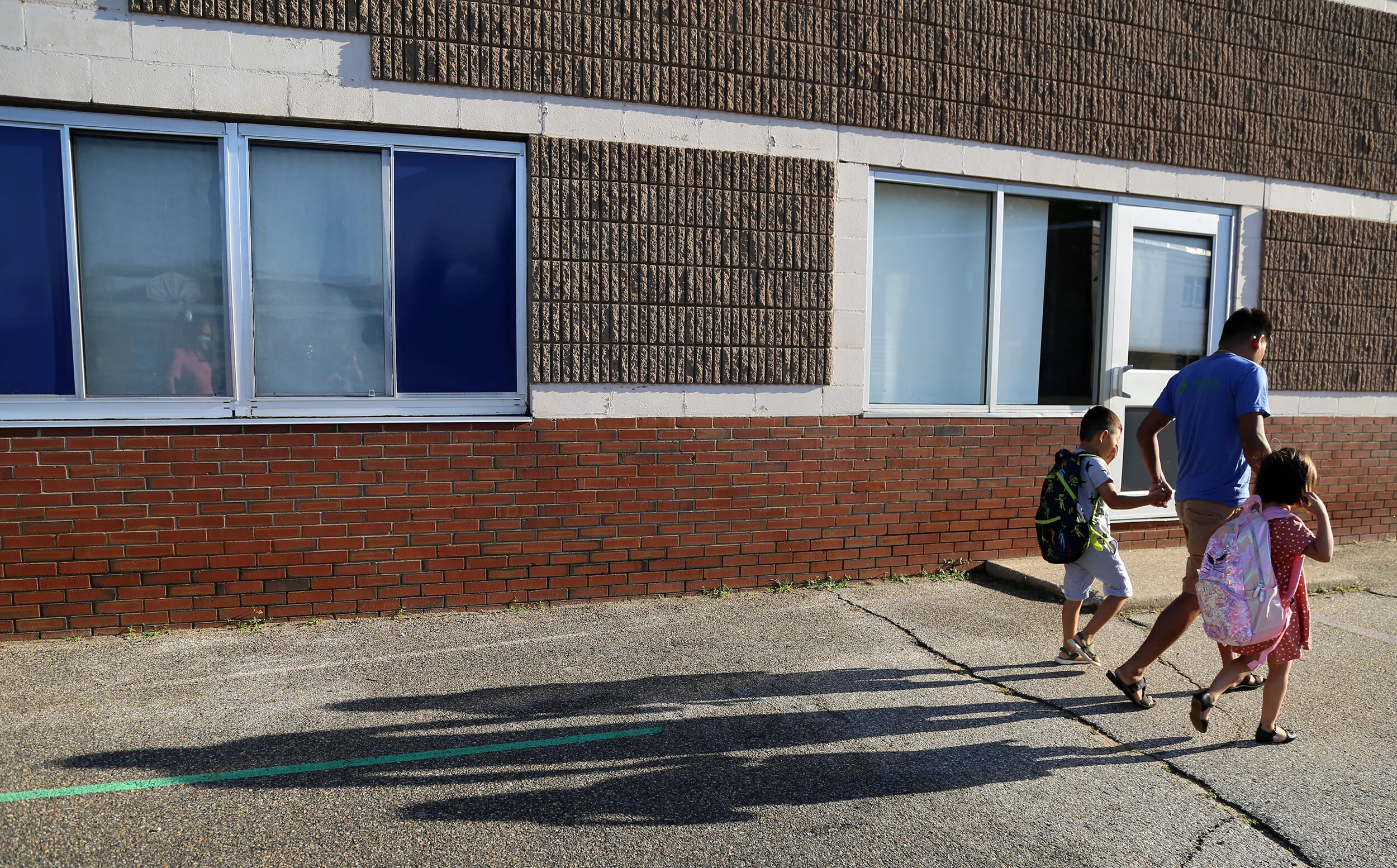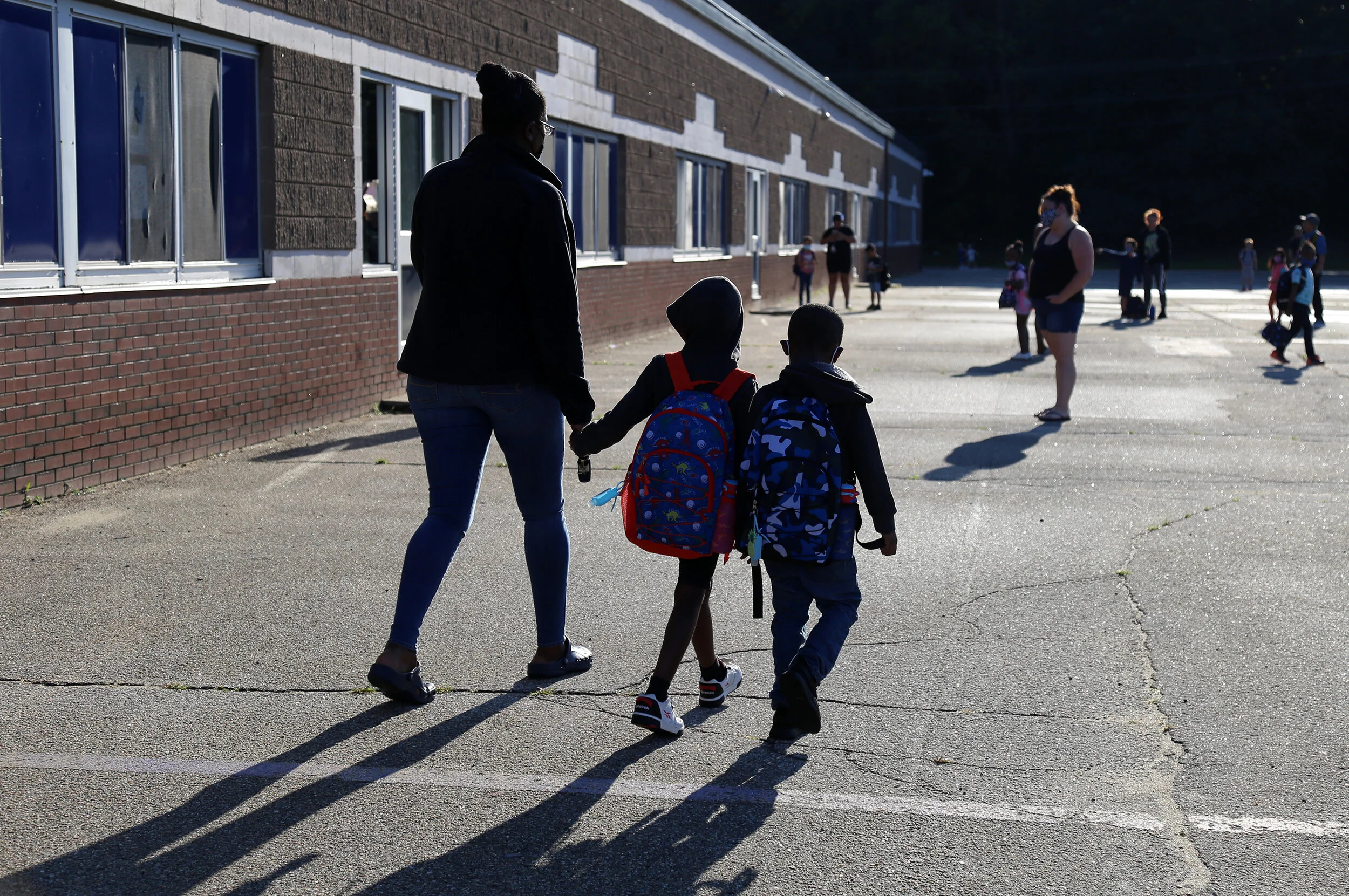Education & Equity in NH

Over the next few months, the Granite State News Collaborative and its partners will be taking an in-depth look at all aspects of education in New Hampshire as part of its race and equity reporting project. The coverage seeks to highlight what is working in New Hampshire and what isn’t, while exploring solutions to common problems.
We’re especially interested in your thoughts and ideas. That’s why we’re coupling our coverage with an outreach campaign to get feedback and insight directly from Granite Staters.
We have an initial survey for teachers, who will have the opportunity to join a closed Facebook group called Teachers Off the Record. Here teachers will be able to participate in confidential, guided conversations about teaching and learning in the Granite State. This will also be an opportunity for teachers to interact with local reporters and editors, and help guide the series. For students, we've developed an informal survey to gather ideas about what's working and what isn't in New Hampshire classrooms.
To become involved in guiding our coverage of education inequity in New Hampshire, contact Granite State News Collaborative engagement reporter Nour Habib at nour.habib@collaborativenh.org.

In the summer of 2020, just a couple of months after most students struggled through remote schooling caused by the pandemic, 800 Granite State students were on a waiting list seeking a scholarship to pursue other education options.
Kate Baker Demers, who runs an organization that administers the education tax credit scholarship program, said typically that waiting list had only had about 30 students on it.
Exeter Region Cooperative District is slightly less diverse and more wealthy than the state as a whole.
According to the New Hampshire Department of Education, in 2020-21, about 91% of students were non-Hispanic white, while nearly 4% of students were Asian, 2.5% were Hispanic or Latino, about 1.4% were multi-racial, about .8% were Black and about .5% were Indigenous. About 4.2% of students at Exeter High were eligible to receive free and reduced lunch.
Manchester West High senior David Chestnut remembers hearing a distinctly unconvincing pitch from a college recruiter during a giant assembly about why he and his classmates should go to college.
The recruiter tried to get the high schoolers excited about the idea of coming to his campus. But as Chestnut looked around, he saw that few of his classmates were even paying attention, let alone interested.
Through Project AIM, Dr. Lowell C. Matthews is looking to provide opportunities to the forgotten.
The program offers incarcerated learners an “educational pathway,” that will not only help them to obtain the skills they need to become integrated and productive members of society, but college credits that can lead to an undergraduate degree from Southern New Hampshire University.
Imagine walking into a secured prison yard. One so secured with the walls so high that when you look up, all you see is the sky. You go back to your cell. It’s so loud and the potential for violence so ripe, you’re always on high alert. It’s easy to succumb to that culture. How do you cope? How do you pass the time in a place like that?
Evenor Pineda didn’t graduate high school the first time around. But after landing in state prison in his 20s, he worked toward his degree through Granite State High School — part of a special school district for people serving prison time in New Hampshire.
“The first half of my sentence, I was in the mix,” Pineda, now 39, of Nashua, said in a recent interview. “You know, I was still kind of walking that fine line between these two worlds where, sure, I went to school and I participated in programs. But I also was very involved with the politics, you know, the gang life, and all that stuff.”
Exeter Region Cooperative District is slightly less diverse and more wealthy than the state as a whole.
According to the New Hampshire Department of Education, in 2020-21, about 91% of students were non-Hispanic white, while nearly 4% of students were Asian, 2.5% were Hispanic or Latino, about 1.4% were multi-racial and about .8% were Black. About 4.2% of students at Exeter High were eligible to receive free and reduced lunch.
Public education in New Hampshire stands at a crossroads.
While schools continue adjusting to the ongoing effects of the COVID-19 pandemic, they're also at the center of state-level discussions about what and how students should learn — and who should pay for their education.









As a middle-schooler in Nashua, Joslyn Villavicencio wanted to challenge herself. But she was surprised to find it wasn't as easy as just signing up for harder coursework.
"I had to push myself and had to contact teachers just to put me in the honor roll," she said, "because I was noticing there was a disadvantage if I was in lower classes," especially once she moved up to Nashua High School North.